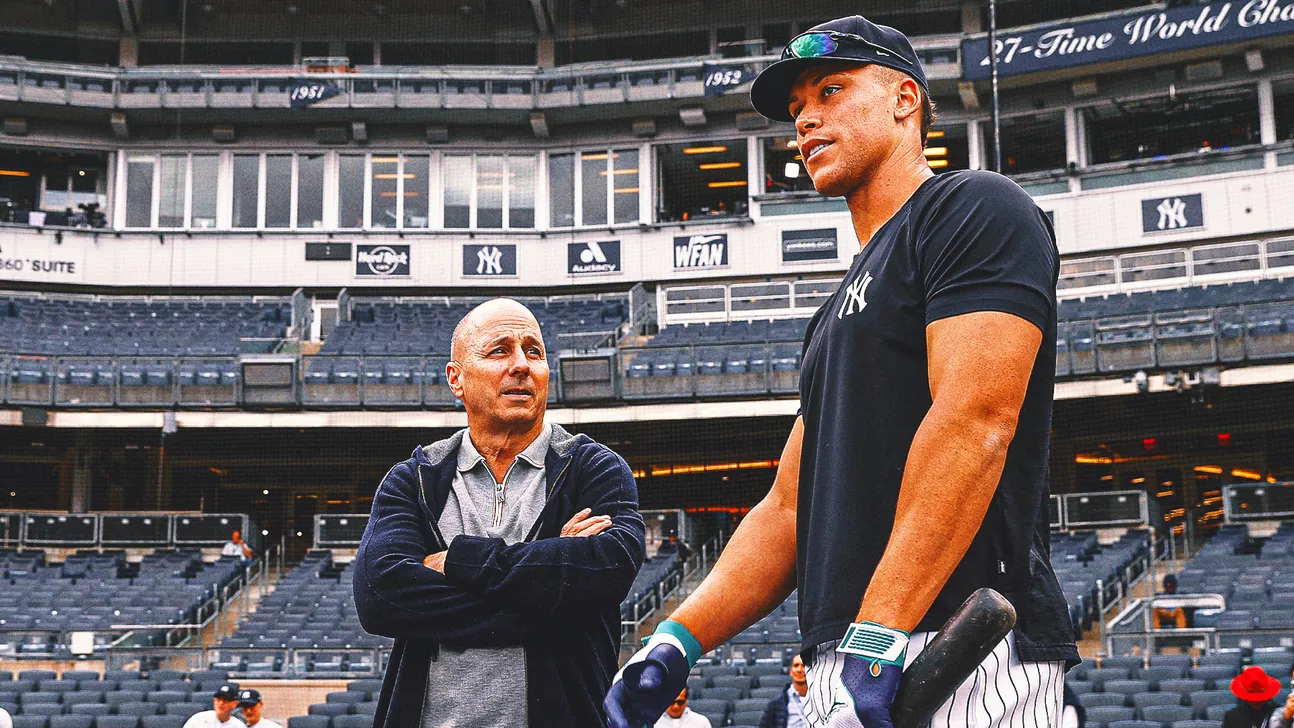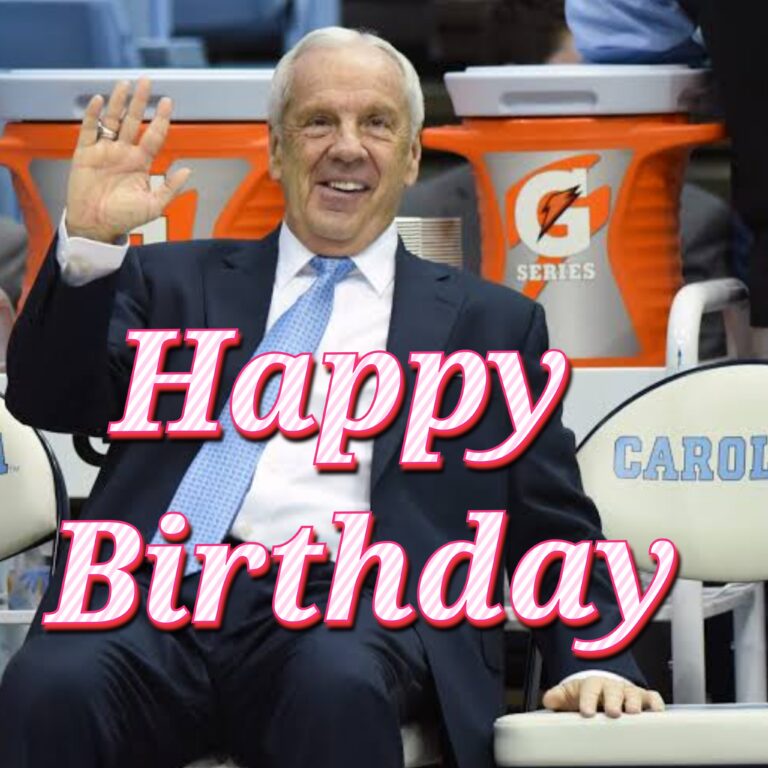
Why the Yankees May Have a More Powerful Outfield Without Juan Soto
The New York Yankees are a team that often operates in the spotlight, where every decision is magnified, especially in the offseason. With their strong desire to win championships and their financial resources, the Yankees have historically made significant moves in an attempt to bolster their roster. One name that has frequently come up in trade rumors over the past year is Juan Soto, the San Diego Padres’ star outfielder. Known for his elite on-base skills, prodigious power, and patient approach at the plate, Soto is undeniably one of the most talented hitters in Major League Baseball. Despite the allure of acquiring such a high-profile player, the Yankees may actually be better off without him in their outfield, especially when you factor in their current roster construction, the potential financial commitment, and the overall fit within their lineup.
In this article, we’ll explore why the Yankees might have a more powerful outfield and a more balanced team by avoiding the trade for Juan Soto.
Soto’s Impressive Track Record
Juan Soto’s resume speaks for itself. Since his debut in 2018, he has been one of the most consistent and dangerous hitters in the league. With a career slash line of .290/.421/.534 and an OPS of .955, Soto is a perennial MVP candidate. His elite eye at the plate, which allows him to walk at an incredible rate, and his ability to hit for both average and power make him an appealing trade target for any team.
In addition to his on-base prowess, Soto is a potent power hitter. Over the past few seasons, he has averaged around 30 home runs and 100 RBIs per year, with a slugging percentage consistently above .500. He’s a three-time Silver Slugger and has made multiple All-Star appearances. His presence would certainly add another dimension to any lineup, and given the Yankees’ perennial struggles to get on-base and sustain long, powerful innings, a player like Soto seems like an ideal candidate to elevate their offense.
However, even with all of his accomplishments, there are several reasons why the Yankees may be better off without him, particularly when considering the overall construction of their team and the direction they’re heading.
Soto’s Fit in the Yankees’ Lineup
Overcrowding in the Outfield
One of the first considerations for the Yankees when it comes to acquiring Juan Soto is how he would fit into their already crowded outfield. The Yankees currently have multiple capable outfielders on their roster, including Aaron Judge, Giancarlo Stanton, Jake Bauers, and Oswaldo Cabrera, with additional prospects like Jasson Dominguez and Everson Pereira waiting in the wings. Adding Soto to this mix could create an imbalance in terms of playing time, positioning, and offensive consistency.
- Aaron Judge, the team’s captain and one of the premier power hitters in the game, is already entrenched in right field. He’s the leader of the lineup and a generational talent. While Judge’s primary role is as a right fielder, the Yankees could opt to have Soto in left field. However, moving players around too much could disrupt chemistry and lead to defensive inefficiencies.
- Giancarlo Stanton is another key piece of the Yankees’ outfield. Stanton is a major power threat and has been one of the Yankees’ most dangerous bats, especially when healthy. His injury history has been a concern, but when he is in the lineup, he provides a significant power presence in the middle of the order. Adding Soto into the mix would force the Yankees to either shuffle Stanton’s role—potentially reducing his time in the outfield—or relegate him to full-time designated hitter duties, which would decrease flexibility in managing the roster.
- Jake Bauers and Oswaldo Cabrera are versatile players with the ability to play in the outfield and on the infield. While their offensive production is not quite at the level of Soto, they provide depth and flexibility, which could be more valuable in a team-building sense. Having too many outfielders, especially ones with limited defensive versatility, could strain the roster in the long term.
In short, bringing in Soto could result in the Yankees overloading their outfield positions, forcing them to make difficult decisions on playing time for key contributors and potentially disrupting the team’s balance.
Financial Implications of a Soto Trade
While acquiring Juan Soto would undoubtedly improve the Yankees’ offense, the financial implications of such a deal are not negligible. Soto is entering his final year of arbitration eligibility and is expected to command a contract extension worth at least $400 million, if not more. Given the Yankees’ already substantial payroll, which includes commitments to players like Judge, Stanton, Gerrit Cole, and others, adding Soto to the mix would further inflate their luxury tax hit.
The Yankees have long been known for their willingness to spend, but it’s also clear that they need to be strategic with their financial investments. Committing to a player of Soto’s caliber, particularly with an eye-popping contract extension on the horizon, could strain the team’s payroll flexibility for years to come. The Yankees may find it difficult to build a well-rounded, balanced roster if they take on such a large financial commitment, particularly in a market where they also need to address pitching, infield depth, and bullpen stability.
For the Yankees, maintaining financial flexibility might be a better long-term strategy. By avoiding a massive investment in Soto, they free up funds to focus on more immediate needs—such as acquiring pitching depth, addressing potential weaknesses in the infield, or bringing in complementary pieces that can help improve the team’s overall balance.
Potential for Power Without Soto
One of the primary arguments for acquiring Soto is the immediate addition of power to the lineup. However, the Yankees already possess one of the most formidable power-hitting lineups in baseball. With players like Aaron Judge, Giancarlo Stanton, Anthony Rizzo, and DJ LeMahieu, the team has plenty of firepower in the middle of their order. In fact, the Yankees’ offensive struggles in recent years have often been related to inconsistency and lack of on-base production, rather than an inability to hit for power.
Adding Soto would certainly add more pop to the lineup, but the Yankees’ current roster already has the potential to hit 250-300 home runs per season if all players stay healthy. Judge and Stanton alone can provide the team with nearly 100 home runs, and with Rizzo and LeMahieu also capable of contributing, the outfield’s collective power could remain potent without Soto.
The key difference is that the Yankees could address other areas of need, such as getting on base more consistently and improving overall offensive balance. Players like Soto, while talented, are prone to strikeouts and could exacerbate some of the Yankees’ issues in terms of plate discipline and contact hitting. Instead of making a high-profile move for one player, the Yankees may benefit more from spreading their investments across multiple areas, ensuring they have more contact-focused hitters who can complement the power threats already in the lineup.
Defensive Considerations
Soto is an excellent offensive player, but defensively, he has been more of a question mark. While he’s an average to slightly below-average fielder, his glove work in the outfield has not been his strong suit. Soto has never been regarded as a plus defender, and with the Yankees’ already questionable defense—particularly in the outfield—this could become an issue. Moving players like Judge or Stanton around in an effort to accommodate Soto’s limited defensive range could make things worse, particularly in a park like Yankee Stadium, where outfield defense is crucial to avoiding extra-base hits and preventing runs.
The Yankees might be better off maintaining their current defensive alignment rather than introducing a player like Soto who could weaken their overall outfield defense.
Conclusion: A More Powerful and Balanced Outfield Without Soto
While Juan Soto is an undeniably talented player who would make any lineup better, the Yankees may be better off without him. With a crowded outfield already in place, financial constraints looming, and a team that already features significant power in the lineup, the Yankees may be able to build a more balanced and flexible roster without committing to a trade for Soto.
By avoiding the temptation to add another expensive slugger to their lineup, the Yankees can focus on addressing their pitching needs, improving their defensive consistency, and building a more well-rounded offense that doesn’t rely solely on power. The Yankees already have the firepower to compete, and adding Soto might disrupt the overall balance of their team. In the end, the decision to pass on Soto could lead to a more powerful, more flexible, and ultimately more competitive outfield—one that is in a better position to succeed in the long term.


